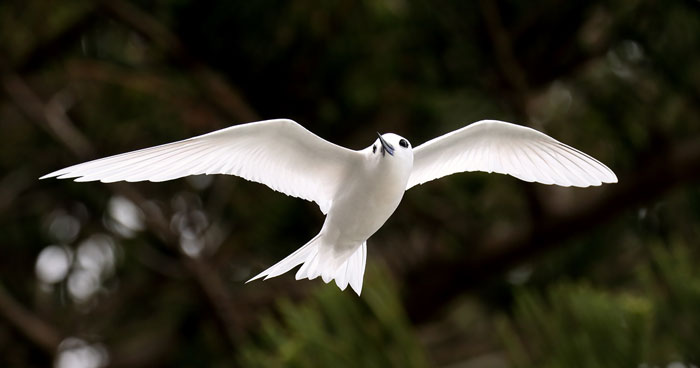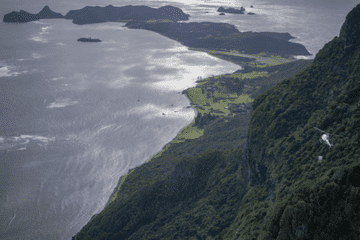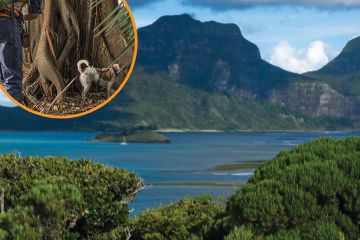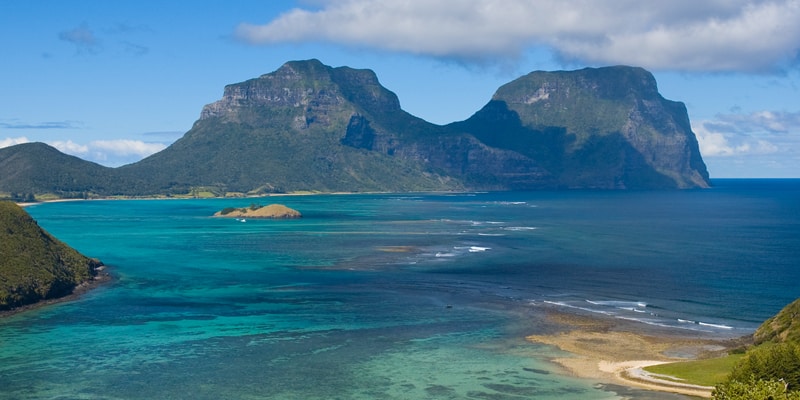
An historic decision has been made for Australia’s World Heritage-listed Lord Howe Island, they are going to get rid of the rats.
The decision was not taken lightly, it follows years of exhaustive research, environmental impact trials, human health assessments, economic cost and benefit analysis.
“The project will be the single biggest conservation action to date to protect and enhance the World Heritage values of Lord Howe Island,” says Lord Howe Island Board CEO, Penny Holloway.
Lord Howe Island is home to many threatened, endemic and migratory species. Rodents have previously caused the extinction of five bird and 13 invertebrate species on the island and currently threaten another 70 species.
Eradication of rats and mice will be another significant step for recovery of unique threatened species and the island’s ecosystem following eradication of feral cats, pigs and goats in the 1980s.
Benefits of the Rodent Eradication Project include:
- Increased numbers and breeding success for a range of seabirds such as Kermadec petrel, masked booby and white-bellied storm petrel.
- Recovery of endemic ground lizards and invertebrates such as land snails.
- Increased seeds and seedlings for numerous plant species including the critically endangered little mountain palm.
- Reintroduction of the world’s rarest insect, the Lord Howe Island Phasmid.
- Long-term benefits to tourism and the island’s economy through improved visitor experience.
The project will distribute rodenticide (brodifacoum) in cereal-based pellets via helicopter in the uninhabited parts of the island and via hand broadcast and bait stations in the settlement area in winter 2018 (June or July).
Island Conservation’s regional director, Ray Nias, says the decision marks a highpoint in island conservation efforts globally.
“Lord Howe really is a piece of paradise and one that deserves to be rescued from the impacts of invasive species such as rodents,” he says.
Eradicating invasive species from Australian islands has long been recognised as providing immense long-term benefits. It will be a complex operation that requires extensive cooperation but if successful will allow the island’s unique wildlife to flourish and make Lord Howe Island an even more exceptional place to visit.




